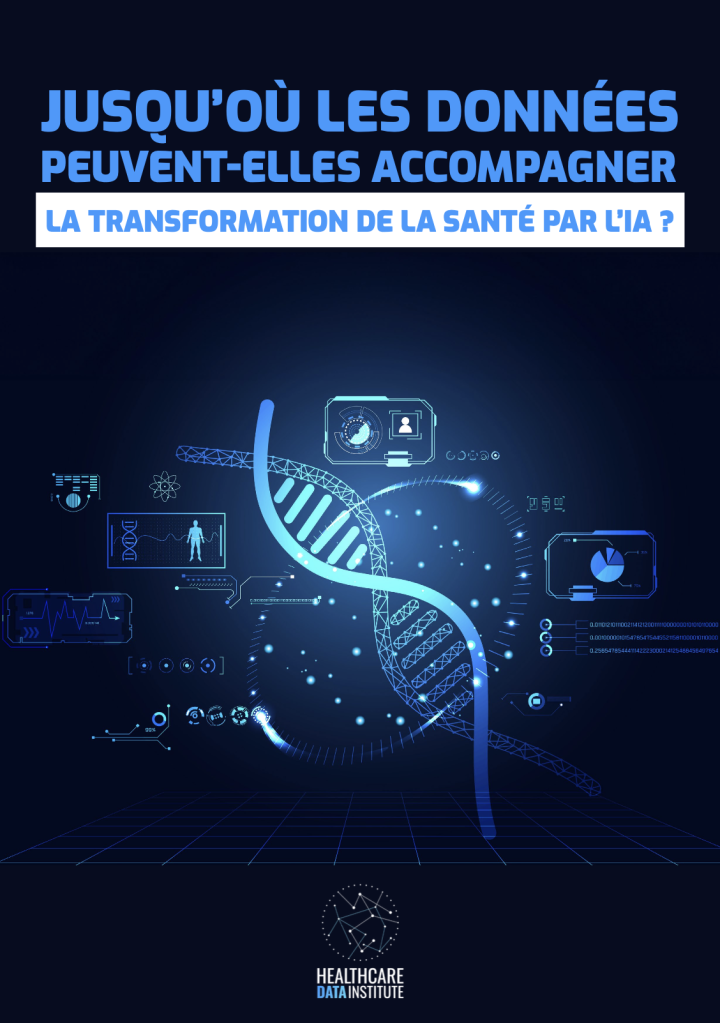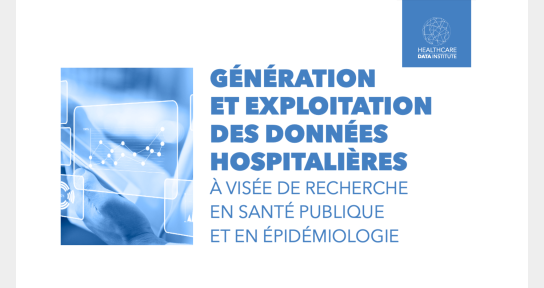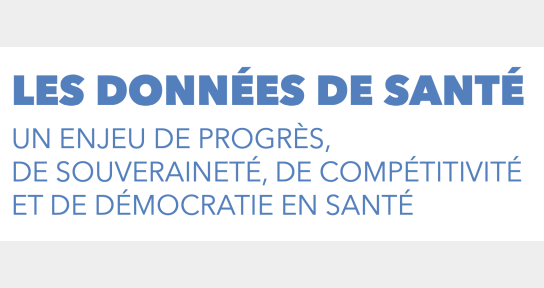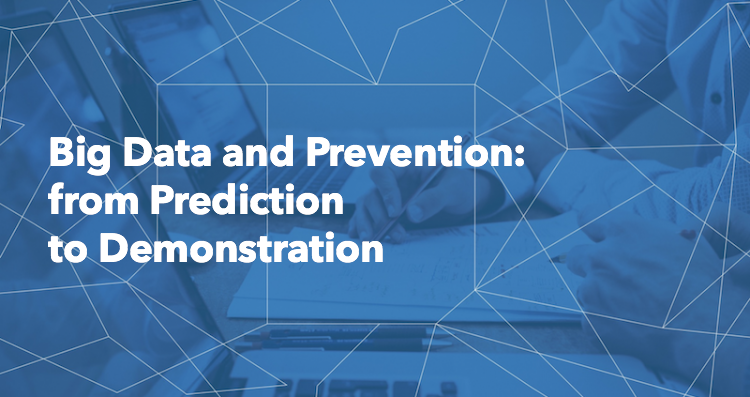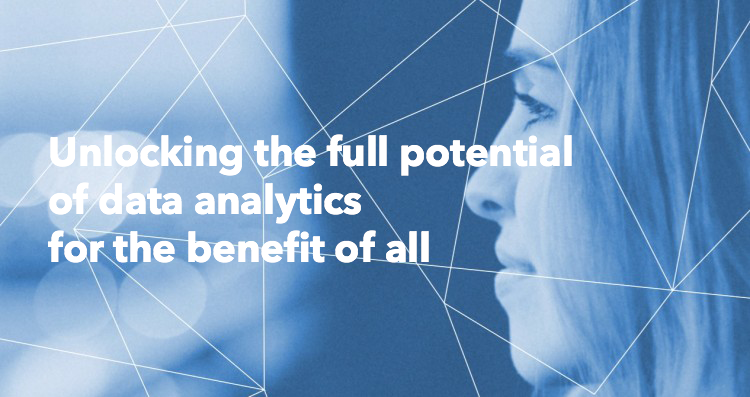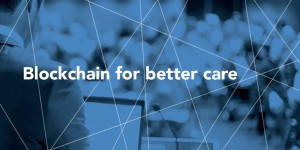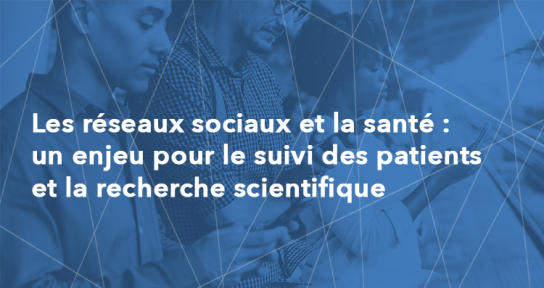Big Data is based on the ability to collect, aggregate and process large volumes of data obtained from a number of heterogeneous sources. Analysis of these health data, in strict compliance with people’s privacy, is a major source of knowledge development and innovation for researchers, health authorities, and economic stakeholders.
The availability of large amounts of “real world data”, that is to say data collected during the course of routine clinical care (electronic health records, sales data, health insurance data, …) opens up new and highly concrete prospects particularly in the field of health safety. Unlike clinical trials data which are based on a limited number of selected patients, real world data are collected from a vast number of patients of very different profiles. Processing and analysis of real world data provide relevant information on a medicine’s use, efficacy and safety in real world conditions.
No need to say that in a country which ranks amongst the highest consumers of drugs in Europe, the question of proper use of medicines, or that of early detection of side effects, is increasingly viewed as a major public health issue. Recent crises (Mediator, Depakine …) obviously have had a major impact in terms of public health, cost and overall confidence. These crises illustrate the challenges faced by the regulators, the industry and the payers, and the need for data to assess how a product is used in practice (indications, populations …). In addition to clinical trials data, real world data can help a great deal in this, supporting drugs monitoring in the post-authorisation phase and thus improving decision-making.
Real world data make it possible to set up large cohorts of patients and track them anonymously in real-time.
Detecting clinical signals, tracking possible side effects or sudden patients’ drop-outs, measuring the average patient treatment duration vs recommended duration, or measuring the average patient posology vs recommended posology … here are some of the indicators that are becoming available quite easily and rapidly. Let’s take the example of platelet aggregation inhibitors : only a couple of requests are now needed to demonstrate that these are correctly prescribed 95% of the time in association with cardiovascular aspirin, in accordance with their marketing authorisation[1]. A short while ago, long and costly field surveys had to be carried out in order to achieve this same result.
These large volumes of data available in real time or quasi-real time also offer highly concrete prospects with regard to the monitoring of public health actions. They can help for instance in assessing daily the efficiency of a vaccination campaign[2] and adjust where necessary the actions undertaken.
These are only few examples of the potential of real world data analysis with regard to drugs utilisation, risk management and health safety. Insights generated from real world data are numerous and rich and create a new paradigm for public health. OpenHealth Company provides longitudinal observational studies and is highly committed to this dynamic, serving both the industry and public health authorities.
Further reading:
M Fieschi, JY Robin, E-santé : nouvelles perspectives pour la sécurité sanitaire ?, OpenHealth Institute, 2016
References:
____
Jean-Yves Robin is General Manager at OpenHealth Company
Jean-Yves is a member of the Healthcare Data Institute.

